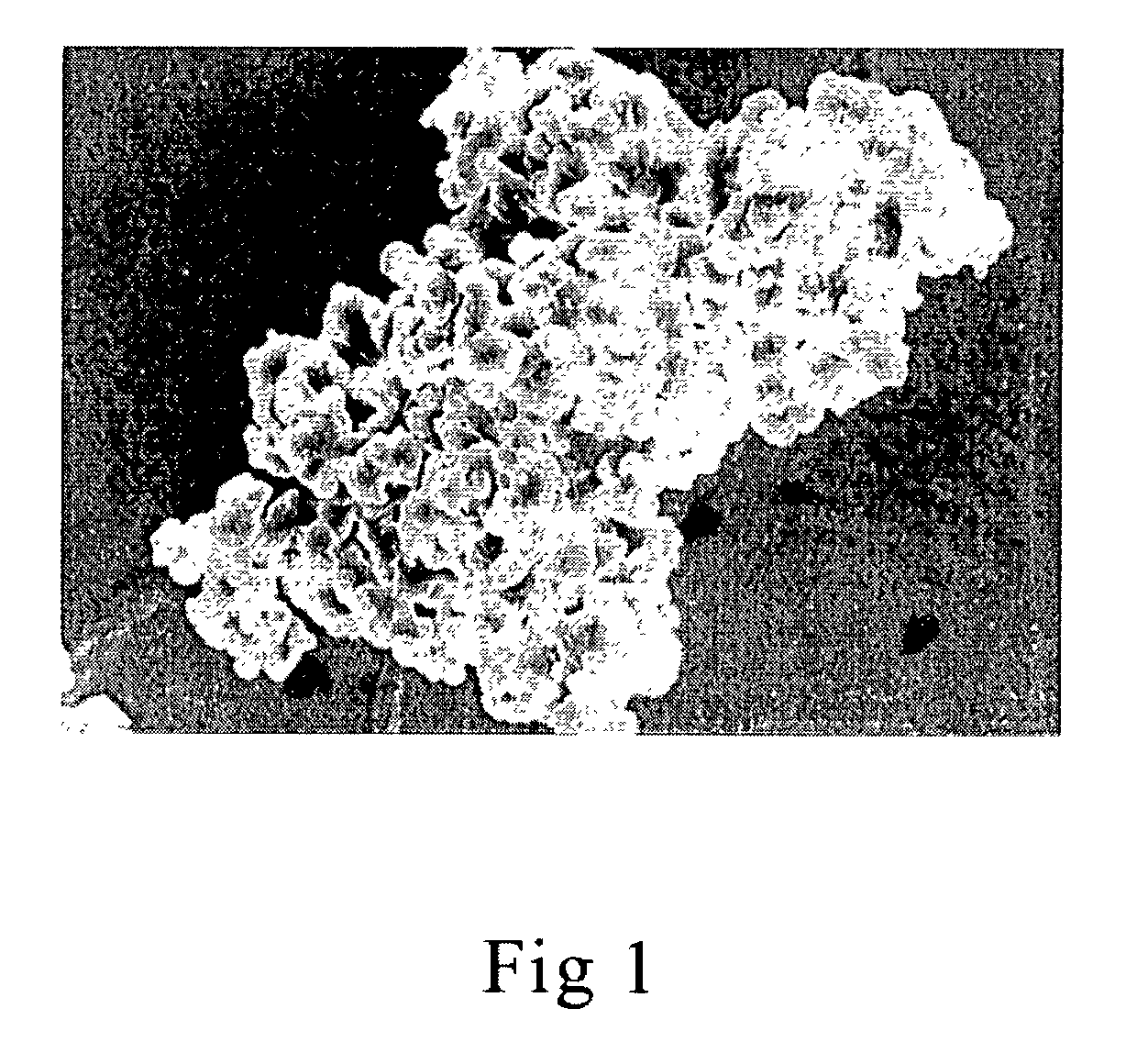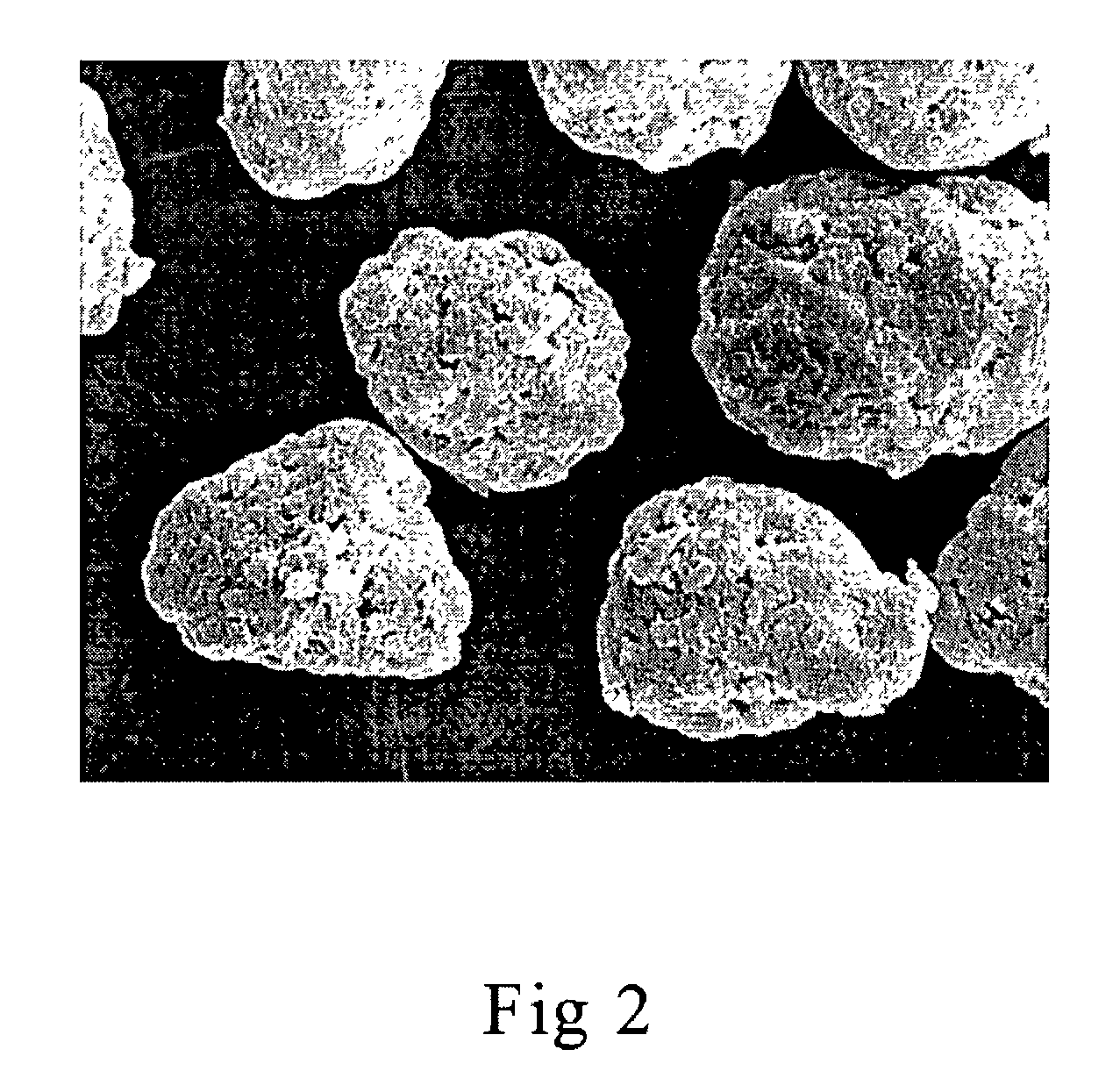Liquid and gas porous plastic filter and methods of use
a technology of liquid and gas porous plastics and filters, which is applied in the direction of gravity filters, filtration separation, separation processes, etc., can solve the problems of limited use of carbon blocks, occupying too much space for many point-of-use applications, and unable to meet the needs of liquid and gas porous filters, etc., to achieve a large surface area, increase the bonding capability and density of the filter, and increase the average particle size
- Summary
- Abstract
- Description
- Claims
- Application Information
AI Technical Summary
Benefits of technology
Problems solved by technology
Method used
Image
Examples
Embodiment Construction
[0024]The filtration device of the present invention relies on (i) a unique method of processing to achieve maximum density of materials with uniform particle distribution, (ii) a combination of polymeric materials having distinctly different morphologies to create a formed, structural filtration matrix and (iii) a polymeric material having a very small micron diameter that enhances the use of finely powdered filtering compounds. These compounds may include adsorbents, such as but not limited to granular and powdered activated carbon, metal ion exchange zeolite sorbents such as Engelhard's ATS, activated aluminas such as Selecto Scientific's Alusil, ion exchange resins, silver, zinc and halogen based antimicrobial compounds, acid gas adsorbents, arsenic reduction materials, iodinated resins, textile fibers, as well as other polyethylene polymers. The formation of a structural filtration matrix accommodates the presence of filtering compounds, which may be formulated to a specific ta...
PUM
| Property | Measurement | Unit |
|---|---|---|
| Length | aaaaa | aaaaa |
| Length | aaaaa | aaaaa |
| Length | aaaaa | aaaaa |
Abstract
Description
Claims
Application Information
 Login to View More
Login to View More - R&D
- Intellectual Property
- Life Sciences
- Materials
- Tech Scout
- Unparalleled Data Quality
- Higher Quality Content
- 60% Fewer Hallucinations
Browse by: Latest US Patents, China's latest patents, Technical Efficacy Thesaurus, Application Domain, Technology Topic, Popular Technical Reports.
© 2025 PatSnap. All rights reserved.Legal|Privacy policy|Modern Slavery Act Transparency Statement|Sitemap|About US| Contact US: help@patsnap.com



